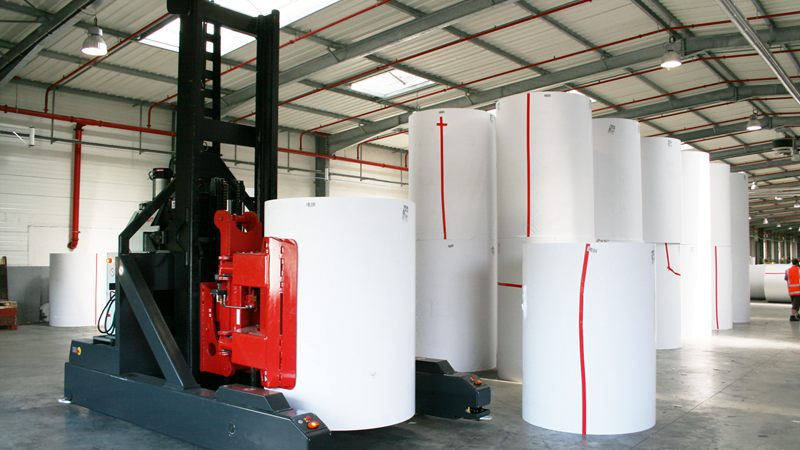
by tylorBennett | Jul 12, 2025 | Forklift Fleet Management
Chapter 5: Voltage Levels Used in Electric Lift trucks Today Electric warehousing lift trucks are based on a range of voltages (e.g. 24V, 36V, 48V and 80V). Some applications don’t require a great deal of power. For example, most Class III lift trucks (walkies,...

by tylorBennett | Jul 12, 2025 | Forklift Fleet Management
One of the unique ways HCO Innovations help companies with their forklift operations is something you may find in your car. Telematics, part of our forklift power management program, refers to the use of wireless devices within a crash-resistant black box that...

by tylorBennett | Jul 12, 2025 | Forklift Fleet Management
Managing a fleet of forklifts without software is like steering blindfolded—you might get somewhere, but it’s probably not where you want to be. The right fleet management software gives you visibility, control, and confidence. Below are top-tier features and...

by tylorBennett | Jul 12, 2025 | Forklift Fleet Management
Forklifts and powered industrial trucks (PITs) represent a costly investment because they require a large initial capital expenditure and cost thousands to keep running. While they are an indispensable piece of equipment for the enterprises, which rely on them,...

by tylorBennett | Jul 12, 2025 | Forklift Fleet Management
Forklifts don’t mess around. They’re big, fast when they need to be, and unforgiving when something goes wrong. Anyone who works in a warehouse knows the sound—tires on concrete, backup beepers, pallets shifting under weight. It’s a rhythm. But behind that rhythm,...

by tylorBennett | Jul 12, 2025 | Forklift Fleet Management
Managing a forklift fleet can quickly become a drain on time, resources, and capital. Maintenance headaches, compliance demands, and unpredictable downtime—if you’re managing all of it in-house, you already know how complex it can get. That’s why many companies...






